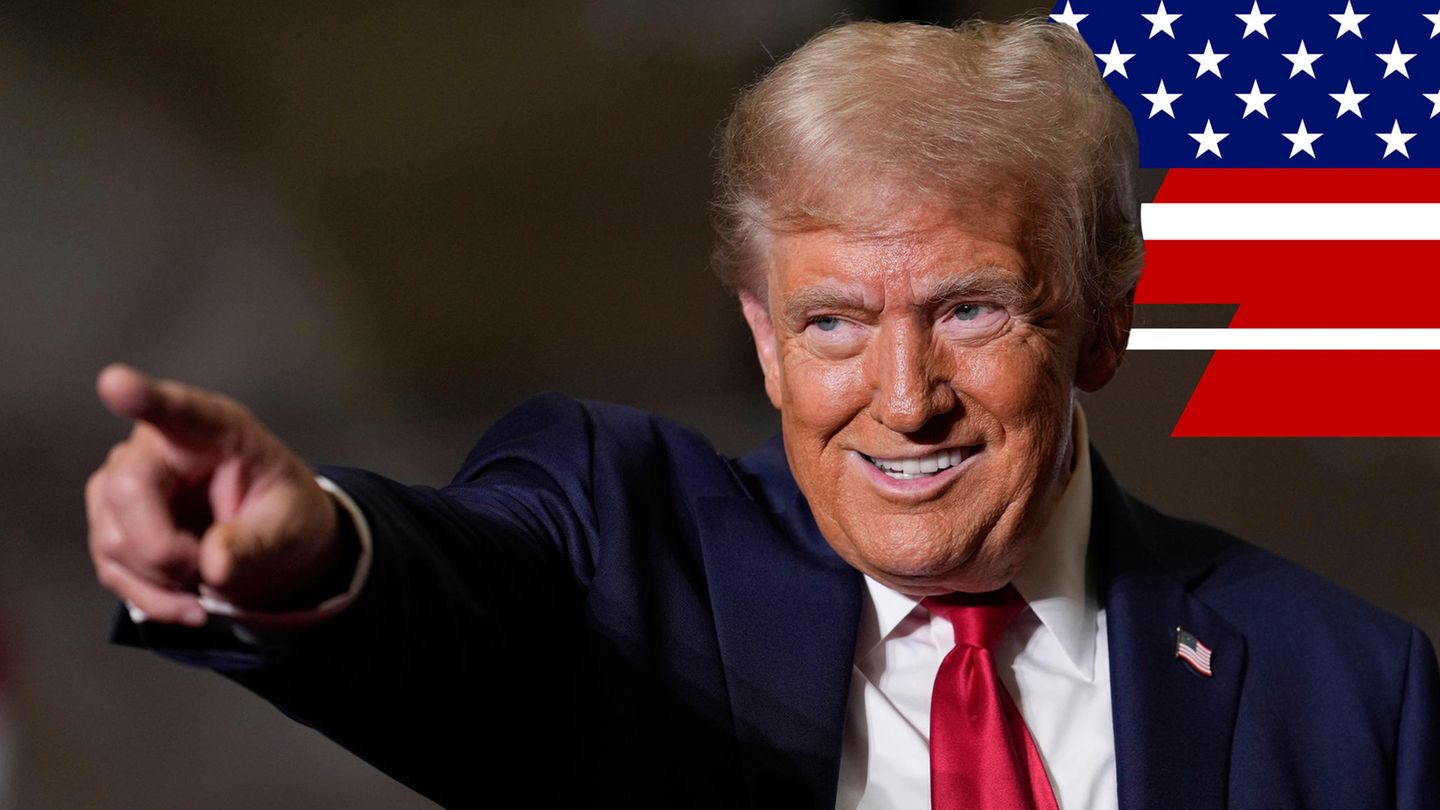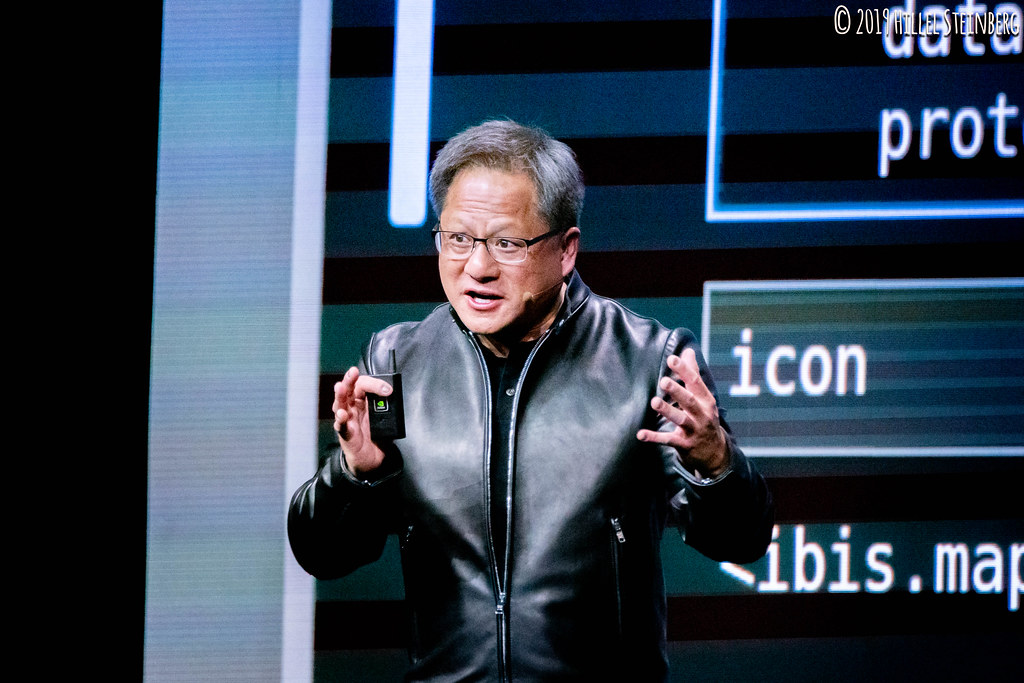US President Donald Trump announced that talks to ease tensions between the US and China have concluded with a “deal.”
Trump said China agreed to supply US companies with magnets and rare earth metals, while the US would pause threats to revoke visas of Chinese students.
“Our deal with China is done, subject to final approval from President Xi and me,” Trump wrote on his social media platform Truth Social.
The announcement follows two days of intense negotiations in London to resolve conflicts since a truce was agreed in May, after rapid tariff escalations nearly paralyzed trade between the two largest global economies.
However, the limited details of the announcement highlight ongoing questions about whether the US tariff strategy can quickly produce substantive trade deals.
Upcoming Tariff Adjustments and Negotiations
Trump said he will set unilateral tariff rates with trading partners within the next one or two weeks, with letters outlining new deals expected before the July 9 deadline for reimposing higher tariffs.
US Treasury Secretary Scott Bessent indicated the US would likely extend the current pause on some of its most aggressive tariffs to continue trade talks.
The exact terms of the China deal remain sparse. Negotiations were sparked by US concerns that China was slow to release exports of critical magnets and rare earth minerals essential for manufacturing technologies such as smartphones and electric vehicles.
China criticized US controls limiting access to semiconductors and other AI-linked technologies, as well as visa restrictions for Chinese students.
China’s Vice Commerce Minister Li Chenggang said the two sides have “in principle, reached a framework” based on agreements between the presidents in June and at the Geneva meeting.
US Commerce Secretary Howard Lutnick confirmed a framework to implement the Geneva consensus, pending presidential approval.
Treasury Secretary Bessent called the talks narrowly focused, warning that a broader deal would take longer.
He also noted that trade talks with other countries or blocs, such as the EU, may extend beyond the administration’s initial 90-day deadline, with extensions granted to parties negotiating in good faith.
Past Escalations and the Geneva “Pause”
Trump’s tariffs launched earlier this year hit China hardest, prompting retaliatory tariffs.
The May truce brought some tariff reductions but left many issues unresolved.
Despite Trump’s claim of a 55% tariff rate on Chinese goods, officials clarified this figure includes tariffs imposed during his previous administration.
Markets reacted little to the deal. Trade analyst Terry Haines described it as a “very limited” accomplishment that does not signal a near-term broader US-China trade deal or geopolitical thaw.
What The Author Thinks
This deal, while presented as a breakthrough, seems more like a temporary patch than a lasting solution. Without clear, enforceable commitments, the cycle of tariff threats and retaliations is likely to continue. Both countries would benefit from comprehensive, transparent agreements that address core issues rather than incremental adjustments to tariffs and visas.










